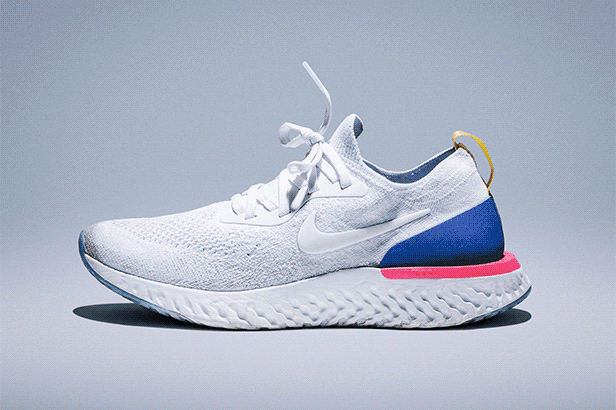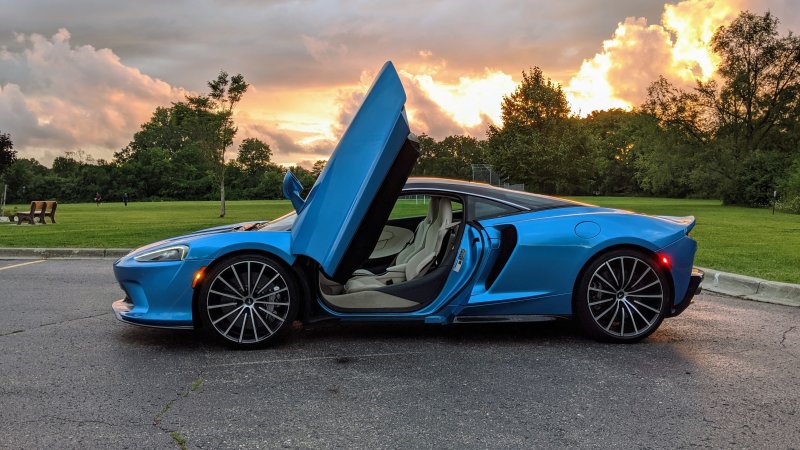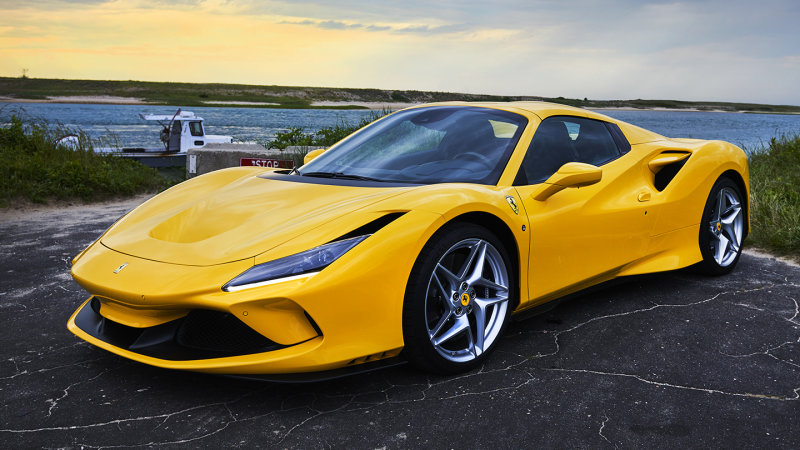Sleeping bags don’t see a lot of innovation. Sure, the bags of today are lighter, warmer and more water-resistant than ever. But beyond these relatively-hidden material upgrades, outdoor sleep systems aren’t much different in concept from the bedrolls and blankets that were used by cowboys, explorers and soldiers for decades: it’s a sack-like form made out of warm material, and it folds or fastens on one side. Zenbivy has a different take on the sleeping bag.
The brand launched last year with a successful ($120,648) crowdfunding campaign and a sleep system that it referred to as “the world’s first freestyle sleeping bag.” In Zenbivy’s case, “freestyle” means multi-configurable; the bag is two pieces and through different combinations of zippers and cinch cords, can be used in a variety of ways. Now the company is back with its second bag, the Light Bed, and this time it’s lighter, more packable and more adaptable.
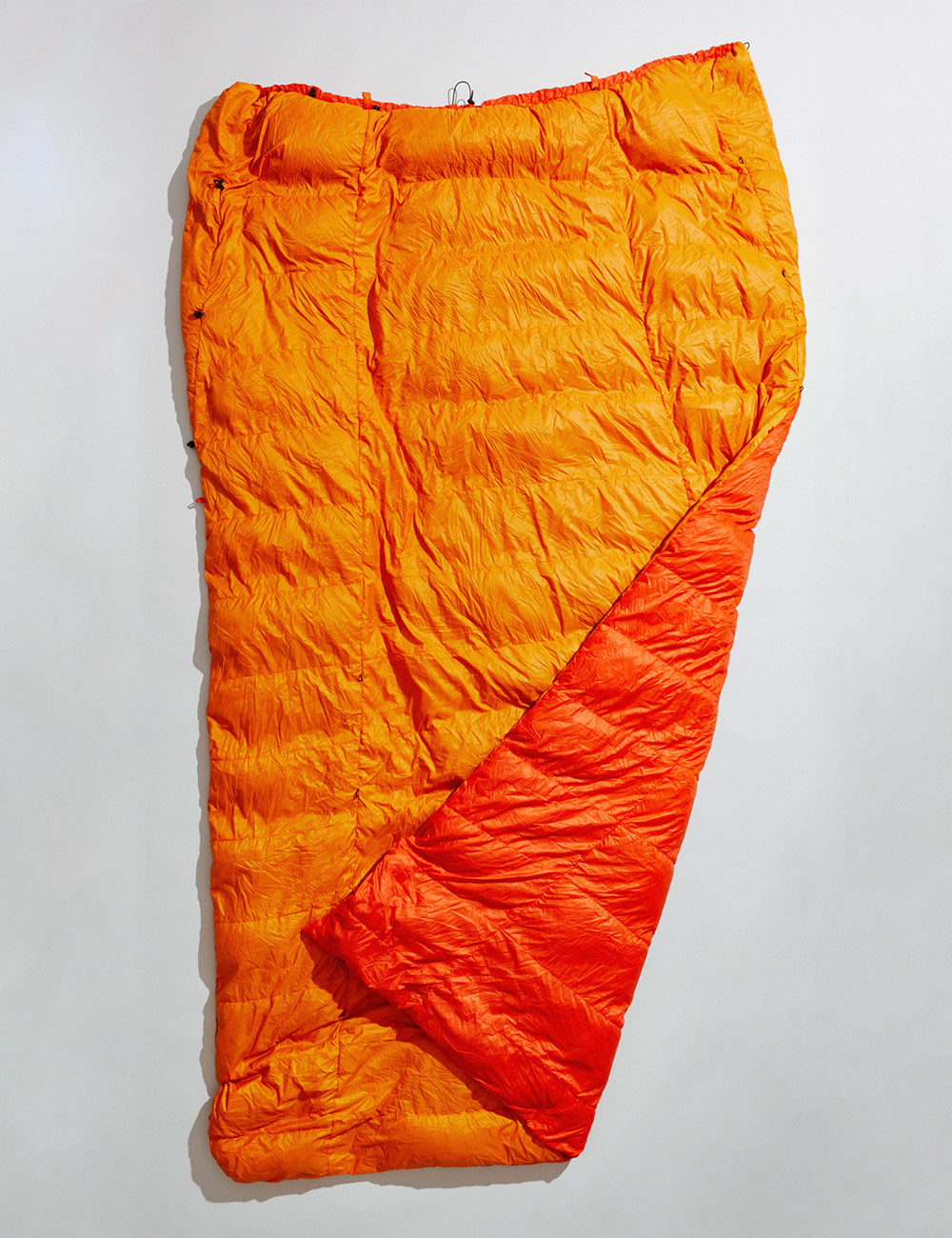
The Good: Zenbivy knows where its strong point is: configuration and versatility. The sleeping bag, no, quilt — even the company is quick to point out this modified classification — can be used as a mummy bag, as a rectangular bag, as a free-floating blanket and everything in between. Why is this good? Because it integrates directly with your sleeping pad; because a tubular shape doesn’t confine you; because you can stick your legs out of both sides; because even though it’s rated for 25 or 10 degrees, you can still get away with using it in the 60s. Also, the Light Bed packs down small (to about the size of a large grapefruit).
Who It’s For: Ultralighters have long been proponents of quilts over sleeping bags, but zipperless sleep systems are gaining ground and edging into the mainstream. Zenbivy’s Light Bed will help the trend with its two-piece design. The “sheet” attaches to a sleeping pad so that campers don’t have to sleep directly on that material, and the system can be set up to one’s liking from there. It’s a solid point of entry for those who feel confined by traditional mummy bags and aren’t all-in on quilts. Who is it for? Mummy haters, and the ultralight-curious.
Watch Out For: Zenbivy doesn’t pull its punches in grappling with mummy-style sleeping bags. It fights well too, but leaves one major flank wide open by adding a degree of setup to the equation. If you want the Light Bed to be anything but a stand-alone quilt, you’ll need a sleeping pad, and you’ll need to strap the sheet component to it with a series of straps. Then, depending on the mode you’re going for, you’ll have to fiddle with the hook-and-loop system to get the quilt in place. For some this extra effort won’t weigh against the prospective versatility; others may view the added steps as undesirable excess after a long day on the trail. Another small item to note is that while the Light Bed packs down quite small, it doesn’t come with a small stuff sack.
Alternatives: The closest alternative to the Light Bed isn’t a sleeping bag, it’s a quilt. Enlightened Equipment is a favorite amongst thru-hikers, and its Revelation ($270) is most like the Light Bed in construction. Therm-a-Rest has also been placing bets on backcountry quilts recently, and its Corus ($250) is most like the Light Bed in its ability to function with a sleeping pad.
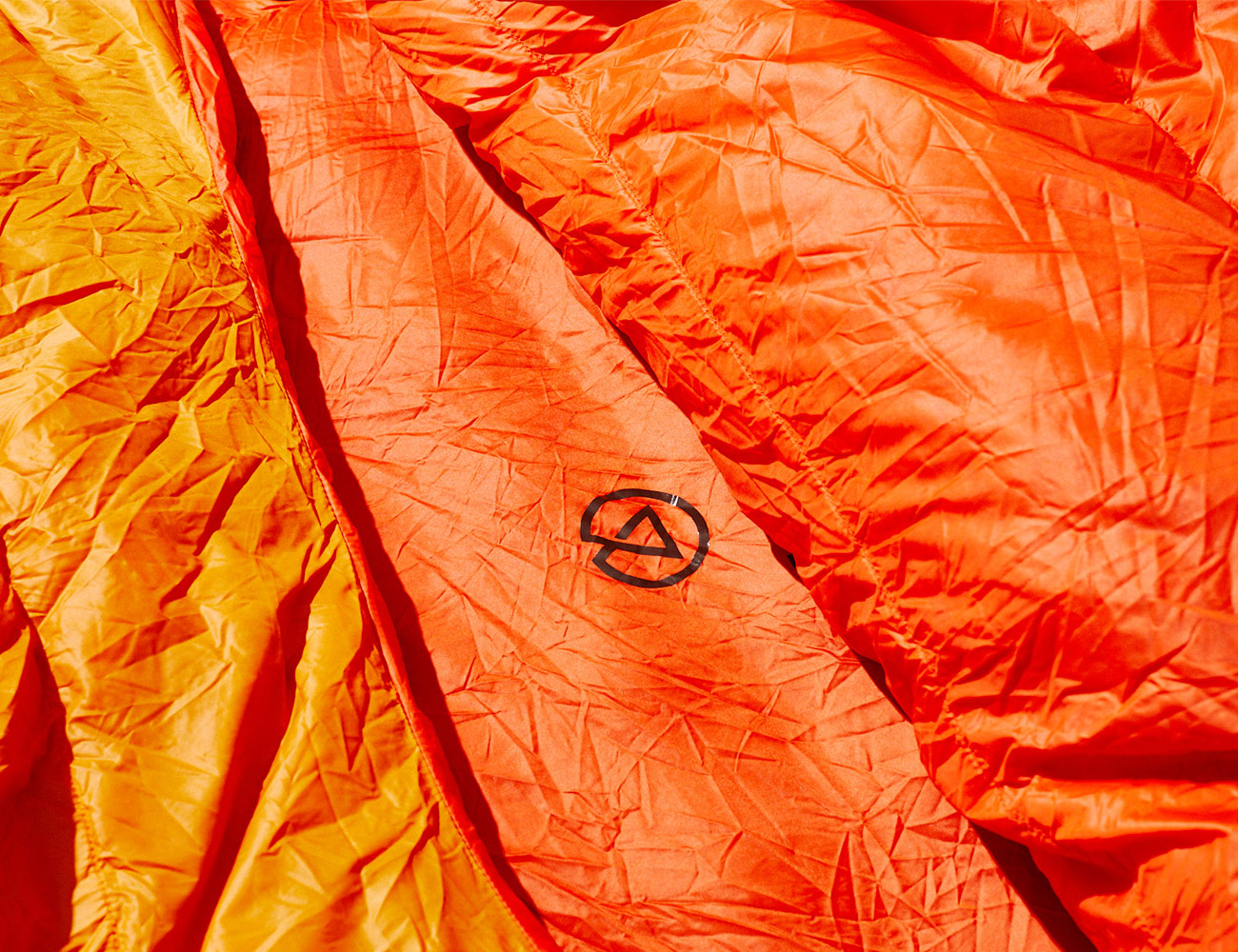
Review: I’ll admit, when I saw Zenbivy’s first sleep system, I brushed it off as a gimmick. I’d always gotten by with my mummy bag in hot and cold temperatures and have never fallen off my sleeping pad. The strange sheet with a hood and all the cinching and the three separate zippers threw me. I wrote it off as just another wacko Kickstarter project that was boldly attempting to remake a timeless piece of gear that had already proven itself over and over again. Funding withheld, close tab.
Then a year later, Zenbivy appeared in my inbox again. I hadn’t thought about it during the between time and yeah, I was a little surprised that it was still around. Hell, even the reviews were strong. Okay, I thought, I’ll give Zenbivy Round 2 some consideration.
Right off the bat, the Light Bed seemed different. Hooks and loops replaced the zipper system, and I could better envision how the bed could function as a stand-alone quilt and also as a fully-adjustable sleeping bag. The hood still looked big and goofy, but that it detached made this factor agreeable in my mind. It probably helped that I had recently dug myself into a rabbit hole of internet forums filled with users raving about the benefits of backpacking with quilts instead of sleeping bags.
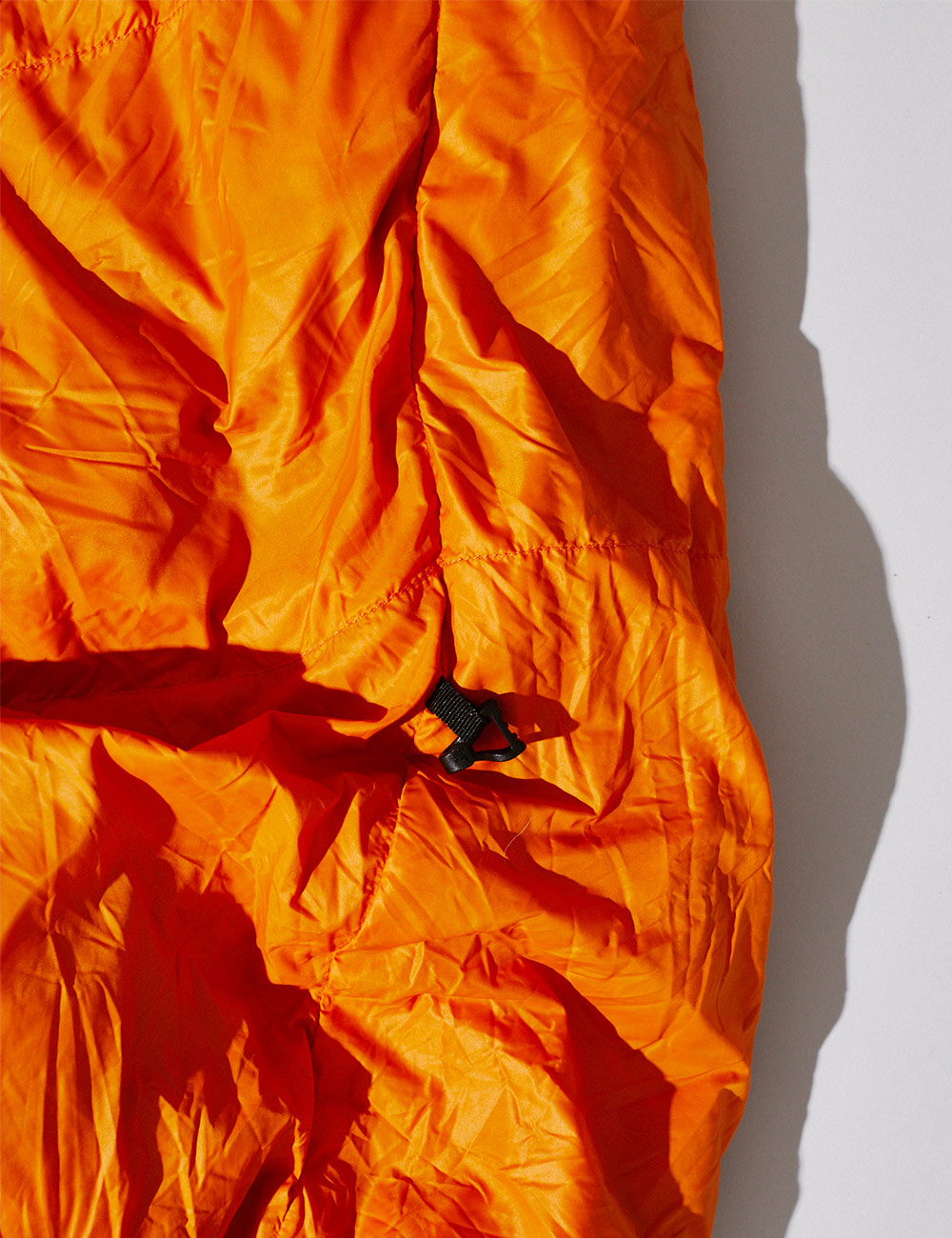
Fast forward two weeks and I’m schlepping my way up a section of Vermont’s Long Trail, racing against a setting sun with hopes of getting to a particular secluded pond in time for a swim and a beer before dark. We did make it in time for those things, but not with much daylight to spare for setting up camp.
Two ideally-spaced pines made for prime hammock real estate; the other members of my group set up their tents in a flat rectangle of ground created by the foundation of a long-demolished structure, perhaps an outpost leftover from long-gone days of unregulated logging.
Prepping my bed to put inside the hammock required some more attention as this was my first experience with Zenbivy’s dual-component setup. (I chose to use a sleeping pad to avoid hammock cold-butt; if you’ve slept in one, you know what I’m talking about.) The Light Bed’s “sheet” piece fits over a mattress like a fitted sheet does with your bed at home, but with the addition of two buckle-equipped straps. Attempting to keep everything off the ground below made the routine slightly awkward, but other than that it was just a small additional step in mattress prep.
I half-monitored my friends as they went about their business. Camping’s not a competition, but I had more experience than them, and an “outdoorsy guy” reputation to live up to. Prepping the Light Bed then called for me to decide on a sleep mode — I expected temperatures to drop into the 50s, so I went for the mummy bag. Connecting the quilt’s various hook and loops and cinching the bottom taught into a closed sack is easy enough, and I’ve struggled harder against faulty zippers that snag in the light fabrics of sleeping bag interiors. Whatever time I lost in this extra prep — I’ll call the race to set up base camp a draw — was worth it for a sleeping bag that was fully integrated with my pad. Not all was well though.
We filled the rest of the night with camping clichés — a fire, hot dogs cooked on sticks, s’mores, a bottle of whiskey passed around until empty, late night stargazing back by the pond — and passed into our individual slumbers as the coals faded into ash. I don’t remember falling asleep, but I do remember waking up drenched in sweat. The temperature hadn’t dropped at all, it had gone up, and my 25-degree Light Bed suddenly felt like a heat well. In my pre-awake state, I searched for the familiar zipper near my left shoulder but fumbled when I encountered the hooks and loops instead. Then I set about unhooking all but a few of these fasteners to get myself into quilt mode, which proved to be a more exacting task than I would’ve thought. I ended up leaving a few attached and slept the rest of the night like a starfish wearing a sweater, and was quite comfortable.
My first night sleeping in Zenbivy’s Light Bed provided the ideal example of why this fresh take on outdoor sleeping is great and also outlined where some of its faults lay. Without the adaptability provided by the quilt’s various points of attachments, I would’ve been left to either swelter or fully expose myself in my hammock. That said, switching “modes” on the fly required some effort. Having exit points on both sides provided a level of comfort I won’t forget though, and I’ll continue to tunnel into the world of camp quilts.
Verdict: The Zenbivy Light Bed is a unique outdoor sleep system with multi-configuration at its core. Its two-piece construction, which hinges on a hook-and-loop fastening system, makes it far more adaptable than a sleeping bag or a trail quilt but also more complicated than either.
Key Specs
Fill: 800-fill HyperDRY down
Weight: 1 lb 13 oz (25-degree, size regular)
Hot takes and in-depth reviews on noteworthy, relevant and interesting products. Read the Story


